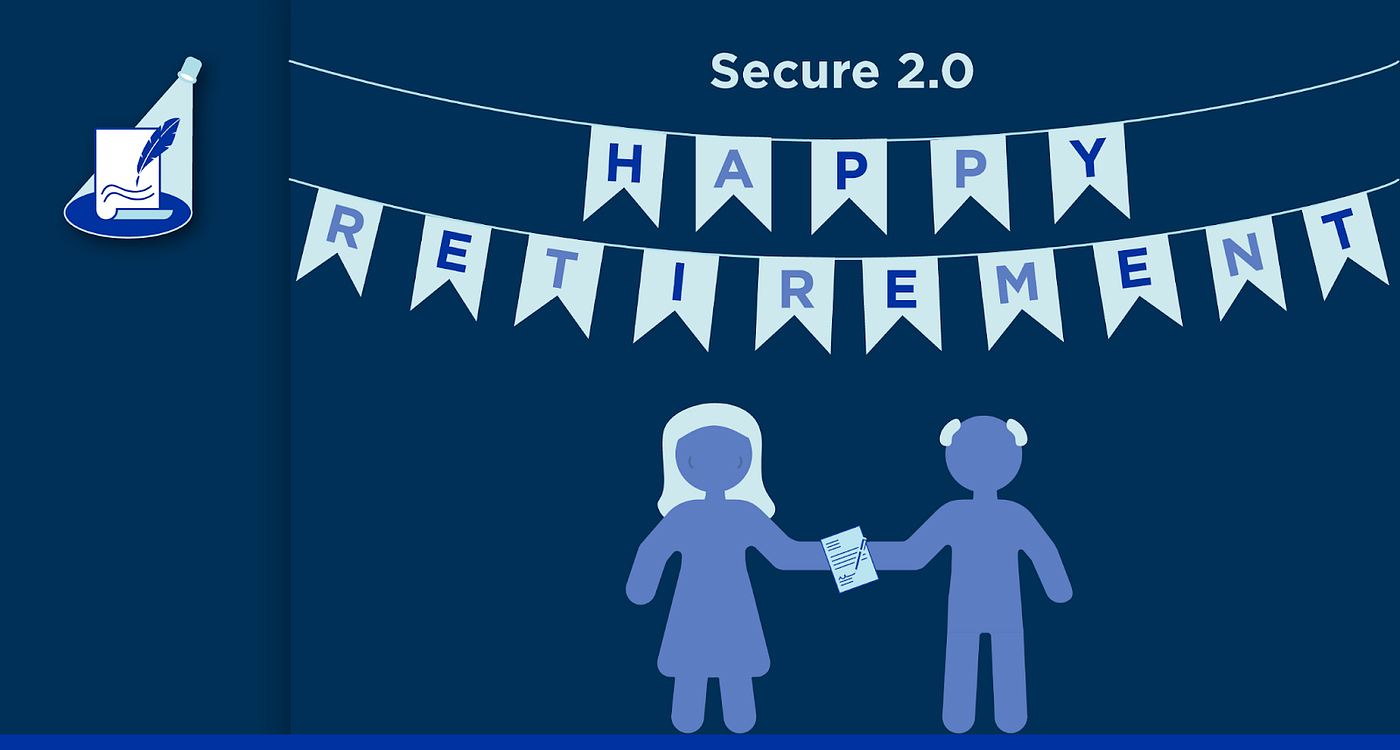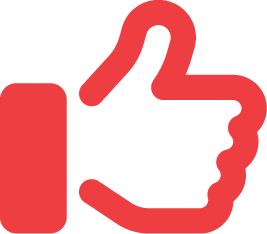Strengthen employee financial health with Secure 2.0 provisions to kick-in “after December 31, 2023.”

A financial wellness benefits paradigm shift is underway as employers recognize employees are more worried about day-to-day expenses and
emergency savings than about saving for retirement.
This shift in the financial concerns of employees represents a historic opportunity for employers to strengthen your organizations by deploying financial wellness benefits that reduce the everyday financial stress of your workers, like personal financial coaching for employees.
Personal financial coaching can ease employee financial stress, which improves employee productivity, in ways that financial literacy workshops and employee financial education alone cannot: “One-size-fits-all financial education has little to no effect on changing real-world financial behaviors.”
The financial wellness benefits paradigm shift from future retirement to easing stress paycheck to paycheck also coincides with new provisions in Secure 2.0 which kick-in “after December 31, 2023,” to help employees save for emergencies and retirement and to payoff student loans.
Together, they have the potential to ease the financial stress of your employees in 2024, who’ve been navigating choppy financial waters amidst rising financial insecurity, especially as the end of the COVID safety net recedes from sight.
Return of student loans and inflation stretch budgets
This year workers faced strong headwinds on their financial odyssey in the return of student loan payments for 40+ million borrowers and higher prices for everything from rent and eggs to bread and mortgages.
As the Washington Post reported Tuesday:
“Fresh data from the Bureau of Labor Statistics on Tuesday showed that prices rose 3.1 percent in November over the year before, and about 0.1 percent compared with October. That’s still higher than normal, but a vast improvement since the consumer price index peaked at 9.1 percent in June 2022.”
So things are getting worse less quickly. Yay! And they say that economics is the dismal science?!
On a brighter note heading into 2024, employers will have more tools in the new year to help employees build emergency savings, repay student loans, and reduce financial insecurity.
Several provisions within the SECURE Act 2.0 “open up a range of possibilities for supporting employees’ financial health all year round,” writes Lafayette Square’s Don Baylor, Jr., in a recent piece for BenefitsPRO.com. “As a result, these employees may be able to free up critical resources to overcome the benefits participation hurdle,” referring to the 25 to 40 percent of private sector low- and moderate-income workers who don’t enroll in retirement or health benefits in a typical year, citing affordability.
Will we see a spike or a drop in these numbers in 2024? The new Secure 2.0 provisions that kick-in after December 31, 2023, offer hope amidst challenges.
Help employees build emergency savings
Since the top financial stressor for employees is now a lack of emergency savings and making it to the next paycheck, savvy employers are doing a deep dive on how to roll out emergency savings benefits made possible under Secure 2.0 (when not exploring personal financial coaching for employees).
Intended to boost retirement savings among workers, Secure 2.0 enables sponsors of 401(k), 403(b) and governmental 457(b) plans to offer non-highly compensated employees pension-linked emergency savings accounts in plan years beginning after December 31, 2023.
Help employees save for retirement, pay student loans
As an employer, you likely have workers who are struggling with student loan debt.
43.5 million federal student loan borrowers were responsible for payments for the first time in three years starting in October.
Among our TrustPlus clients since the beginning of 2021, 47% have student loan debt, with a median loan balance of $36,717.
The financial stress of student loan debt takes a toll on your workers’ physical and mental health and productivity, and then on your bottom line or social impact.
Too often, day-to-day expenses forces your employees to choose between investing in their retirement now or paying off the cost of their education: The median monthly payment of federal borrowers is $250, according to the Education Data Initiative. It’s a toxic choice.
Enter Secure 2.0 and its student loan payments match.
Explore Secure 2.0’s student loan employer match
Beginning with contributions after December 31, 2023, employers can contribute to an employee’s retirement based on the amount they paid toward their student loan balance, a student loan employer match, if you will.
Under the new law, sponsors of 401(k), 403(b), governmental 457(b) plans, and savings incentive match plans for employees of small employers (SIMPLE plans) can make matching contributions to employees’ qualified student loan payments (QSLPs) as if they were pretax, Roth or after-tax contributions.
For plan years starting after December 31, 2023, employers can offer the QSLP match even if employees aren’t contributing to a plan, making it possible for employers to eliminate that toxic choice employees often make between investing in retirement and paying down student loan debt.
Ask and you shall receive
Not sure whether it’s worth the investment to roll out the student loan match or emergency savings options made possible by Secure 2.0? Ask your workers for input.
As Don Baylor, Jr., of Lafayette Square, notes:
“By looking closely at employee data–both the types of demographic data you have likely already collected through the onboarding process and that which can be gleaned from employee surveys–you can get a better idea of which benefits will actually move the needle for your employees. This is especially important in smaller organizations that may have limited resources to devote to their benefits offerings.”
Lafayette Square calls this demographics and survey research “Know Your Workforce” and “Ask Your Workforce.”
It sounds counterintuitive to tell small businesses and nonprofits that you should spend scarce resources analyzing the demographics of your workers and asking them about benefits that would have the most impact.
But it’s worth the upfront investment, especially for employers with tight budgets weighing different benefit offerings (one fear is you spend precious resources on employee financial education alone which data show doesn’t work).
Plus there’s an added bonus for employers in simply asking the questions and engaging with employees in ways that demonstrate empathy and interest in their financial struggles.
Sharing is caring and yields organizational benefits
Just sharing information and resources about existing benefits and about issues your employees may be navigating, even if you don’t offer a benefit to address it directly, demonstrates to your workers that you understand their challenges and care about their wellbeing.
According to Gallup, employees who strongly agree that their employer cares about their overall wellbeing are 69% less likely to actively search for a new job, 71% less likely to report experiencing a lot of burnout, and three times more likely to be engaged at work.
So, when in doubt, tell your employees you care and that you’re engaged with them in navigating the historic shift afoot among employees, from stressing about retirement to stressing about household bills and emergency savings — a shift that’s forcing financial wellness initiatives to the top of the agenda for employers heading into 2024.
Secure 2.0 provides employers new tools in the new year to help employees build emergency savings and repay student loans while saving for retirement.
Employers who value profit, productivity, and employee wellness should take note.
Schedule a time to speak with TrustPlus about your financial wellness benefits, personal financial coaching, and delivering to your organization the benefits of a financially healthy workforce.






